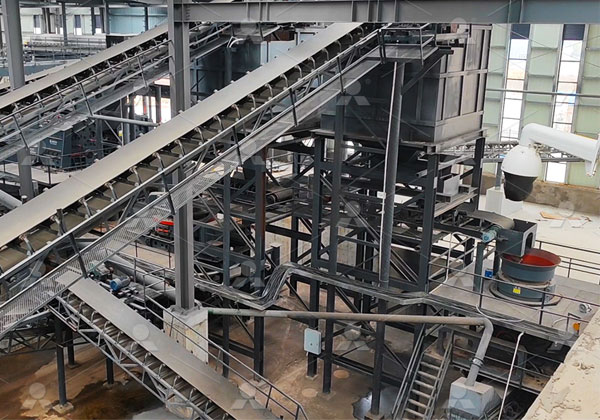In a cement plant, limestone is an essential raw material used in the production of cement. It is typically mined from open-pit quarries and then transported to the cement plant for crushing and grinding. Limestone crushers play a vital role in the cement manufacturing process by reducing the size of the limestone and blending it with other raw materials to produce cement.
Crushing Process:
The first step in the cement manufacturing process is the extraction and preparation of limestone. Limestone is extracted from the quarry and transported to the primary crusher. The primary crusher, often a jaw crusher, breaks the limestone into smaller pieces. The size of the crushed limestone can vary depending on the requirements of the specific cement plant.

Types of Limestone Crushers:
Jaw Crusher: A jaw crusher is a primary crusher commonly used in crushing applications in cement plants. It uses compressive force to break the large limestone particles into smaller pieces. Jaw crushers offer high production rates and have a wide range of applications, including rock quarries, sand and gravel, mining, and construction demolition recycling.
Impact Crusher: An impact crusher, also known as a hammer crusher, uses impact force to crush limestone. It utilizes a high-speed rotor with hammers that strike the material and break it along its natural cleavage lines. Impact crushers are commonly used in the secondary or tertiary crushing stages.
Cone Crusher: A cone crusher is similar to a gyratory crusher, but with a shorter spindle and a larger eccentricity. It operates by squeezing the material between a mantle and a concave. Cone crushers are often used in the secondary or tertiary crushing stages and are known for their efficiency and high reduction ratios.
Hammer Crusher: A hammer crusher, or hammer mill, is another commonly used limestone crusher in cement plants. It works by impacting the material with hammers attached to a rotating rotor. The hammers strike the limestone, shattering it into smaller pieces. Hammer crushers are suitable for both primary and secondary crushing stages.
Role of Limestone Crushers:
Size Reduction: Limestone crushers break down the limestone into smaller sizes suitable for further processing. This helps in optimizing the efficiency of the cement manufacturing process.
Blending: Limestone crushers help in blending the limestone with other raw materials like clay or shale. This mixture, known as raw meal, is then ground into a fine powder in the cement mill. The proper blending of limestone ensures the desired chemical composition of the cement, contributing to its quality.
Energy Savings: Efficient limestone crushers help in reducing the energy consumption of the cement plant. By breaking down the limestone into smaller sizes, the crushers minimize the amount of energy required for further grinding and processing.
Environmental Impact: Limestone crushers contribute to the sustainable operation of cement plants by reducing the need for new quarrying activities. By recycling and crushing existing limestone, the environmental impact associated with quarrying can be minimized.
In conclusion, limestone crushers are crucial equipment in cement plants as they reduce the size of the raw material and facilitate its blending with other ingredients. They play a significant role in optimizing the cement manufacturing process, ensuring high-quality products, and minimizing the environmental impact of cement production.
